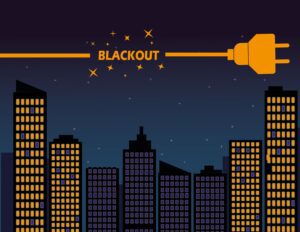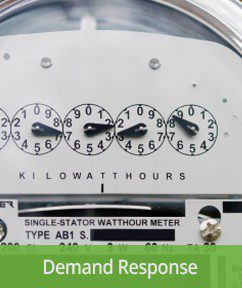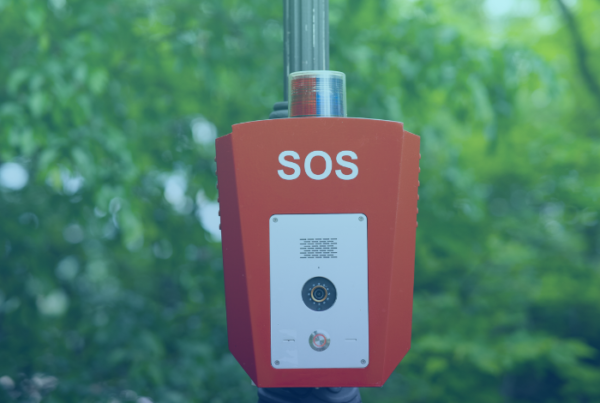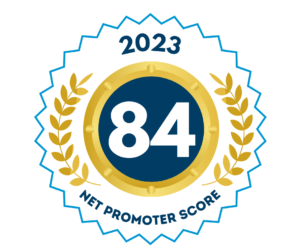Whether you are looking to track your facility’s energy consumption or seeking a new form of revenue, chances are you have questions about participating in a demand response program. You’ve probably heard that your business could get paid by temporarily reducing its electric usage, but how exactly does it work? How does your company begin the process? And are the benefits worth it? Below are some of the top questions customers have regarding demand response programs. These questions will teach you how your company can get involved and answer the most common questions that you are probably thinking about moving forward with a demand response program.
10. Why is demand response an option for grid stability?
When the electric grid is experiencing high demand, utilities have a couple options to stabilize it. They can purchase electricity from outside the region, but transmission can be costly. Another option is to start up old “stand-by” power plants, but these are inefficient and harmful to the environment. Alternatively, they could rely on demand response, where participants are called upon to temporarily reduce their electric consumption to stabilize the grid safely and effectively.
9. What will happen if the utility does not produce enough electricity?
The most obvious result for not producing enough electricity is a blackout, which leaves everyone in the region in complete darkness. Utilities will sometimes reduce voltage until a stockpile of electricity builds up again to prevent another blackout. This reduction is called a brownout.
8. Why is it so important to avoid blackouts and brownouts?
Blackouts leave everyone without electricity, but brownouts can lead to their own repercussions as well. Fluctuations in voltage can be hazardous to businesses; causing extensive damage to a facility’s equipment, which can cost thousands of dollars to replace.

7. Who qualifies for a demand response program?
Any business or organization that consumes a considerable amount of energy could participate in a demand response program. The most successful participants include companies within manufacturing facilities, hospitals, healthcare facilities, commercial properties, schools and universities, data centers, large hotels, and shopping centers.
6. When and how often do events happen?
Demand response events generally occur in the summertime when air conditioning units are operating. The number of events may vary yearly, but most events will only last a few hours.
5. What are some methods of reduction?
Each facility will have a different reduction plan that is tailored to their specific needs, but some successful methods can include running on-site generators, reducing air-conditioning usage, and shutting off lights and large equipment regularly. Another method of reduction is using certain energy-consuming devices within timed intervals out of the peak demand period.
4. How will we be notified to reduce our electricity?
Notifications can be sent via voicemail, email, fax, and a personal phone call from the enrolled demand response provider to designated contacts at the facility. These are sent out 10 minutes to four hours in advance, depending on your organization’s location.
3. What if we cannot participate in an event because it interferes with our facility’s operations?
Different demand response programs will have their own respective requirements during an event. If you enroll in a reputable program, the consequences will most likely be minimal. You only get paid for what you reduce, so not performing will result in no payment.
2. Do we need to install any hardware to participate in demand response?
An interval meter is required to participate, but in most cases, the provide will install it at your facility at no charge.
1. How will my facility benefit from a demand response program?
Participation does require some effort, but financial compensation is worth it and profitable for your facility.

For additional information, this article from energy.gov emphasizes the importance of having a demand response program, stating that “the electric power industry considers demand response programs as an increasingly valuable resource option whose capabilities and potential impacts are expanded by grid modernization efforts.” To get answers to your questions and learn how to participate in a program, contact ERC at 800-846-6406 or info@ericryan.com. Learn more about our demand response program on our website.





